Interesting food etiquette rules and traditions from across the world
From cooking utensils and table manners to dinner party etiquette
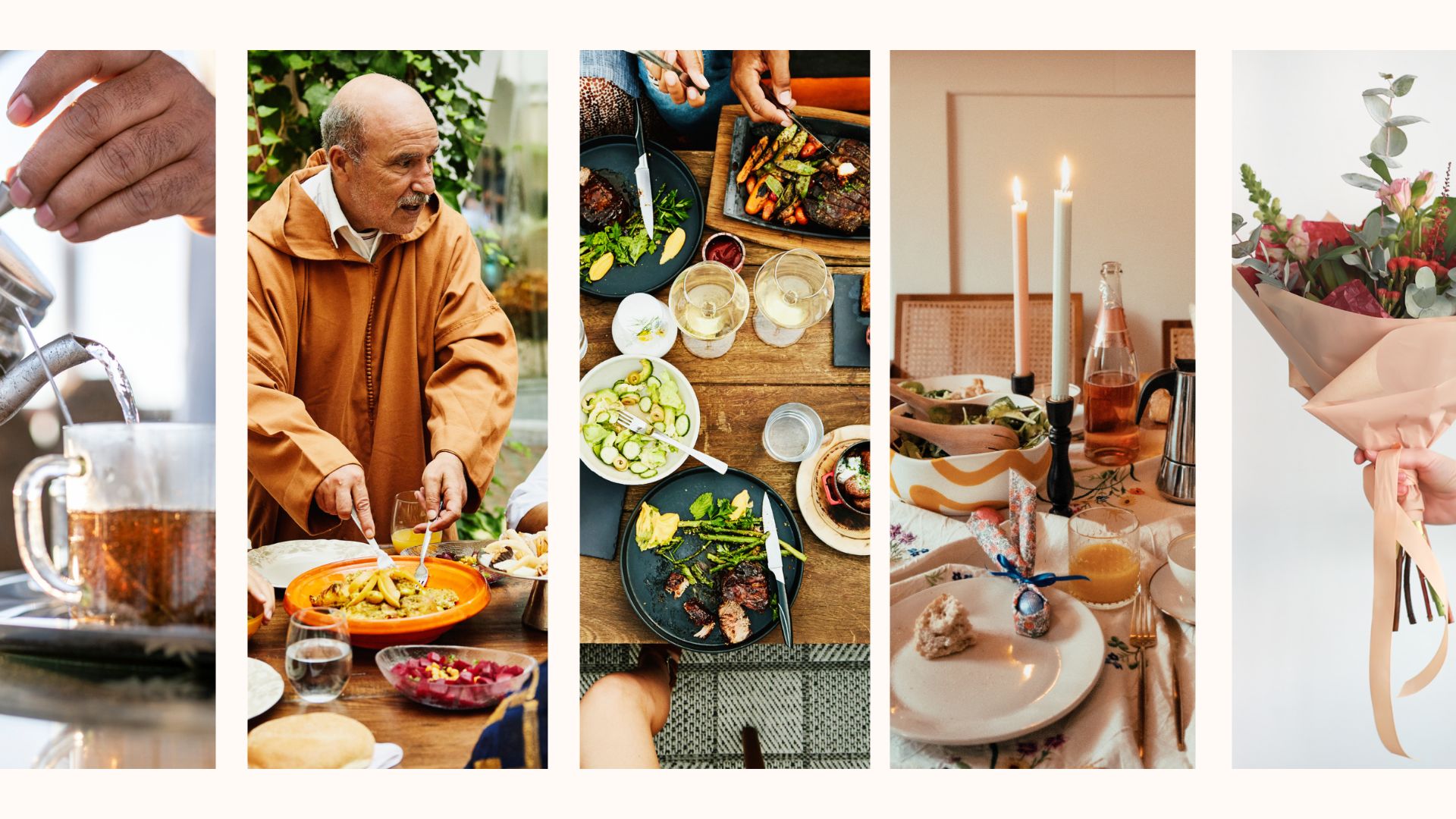

Food can tell us about local culture, and food rules can hugely vary from country to country. While it would be impossible to list them all, we've rounded up some of the most unusual food rules, dinner party etiquette examples and culinary traditions from across the globe - and they may just come in useful for your next adventure.
Some nations have knives and forks as the key utensils, while in places like India and Sri Lanka, diners will often eat with their hands; meanwhile, in Japan, chopsticks are the utensils of choice. Embracing the local cuisine can be a rewarding part of travelling to a new place - and you may be surprised just how differently they approach dining.
We looked at different countries around the world with the help of etiquette and culture experts to find out the most common (and sometimes surprising!) food and dinner party traditions, from food lessons from Finland and restaurant no-nos in Vietnam, to table manners in the US. A caveat: These rules vary in formality, with some being more casual guidelines rather than formal rules.
32 food etiquette rules and traditions from across the world
In China, it's polite to leave a little food on your plate
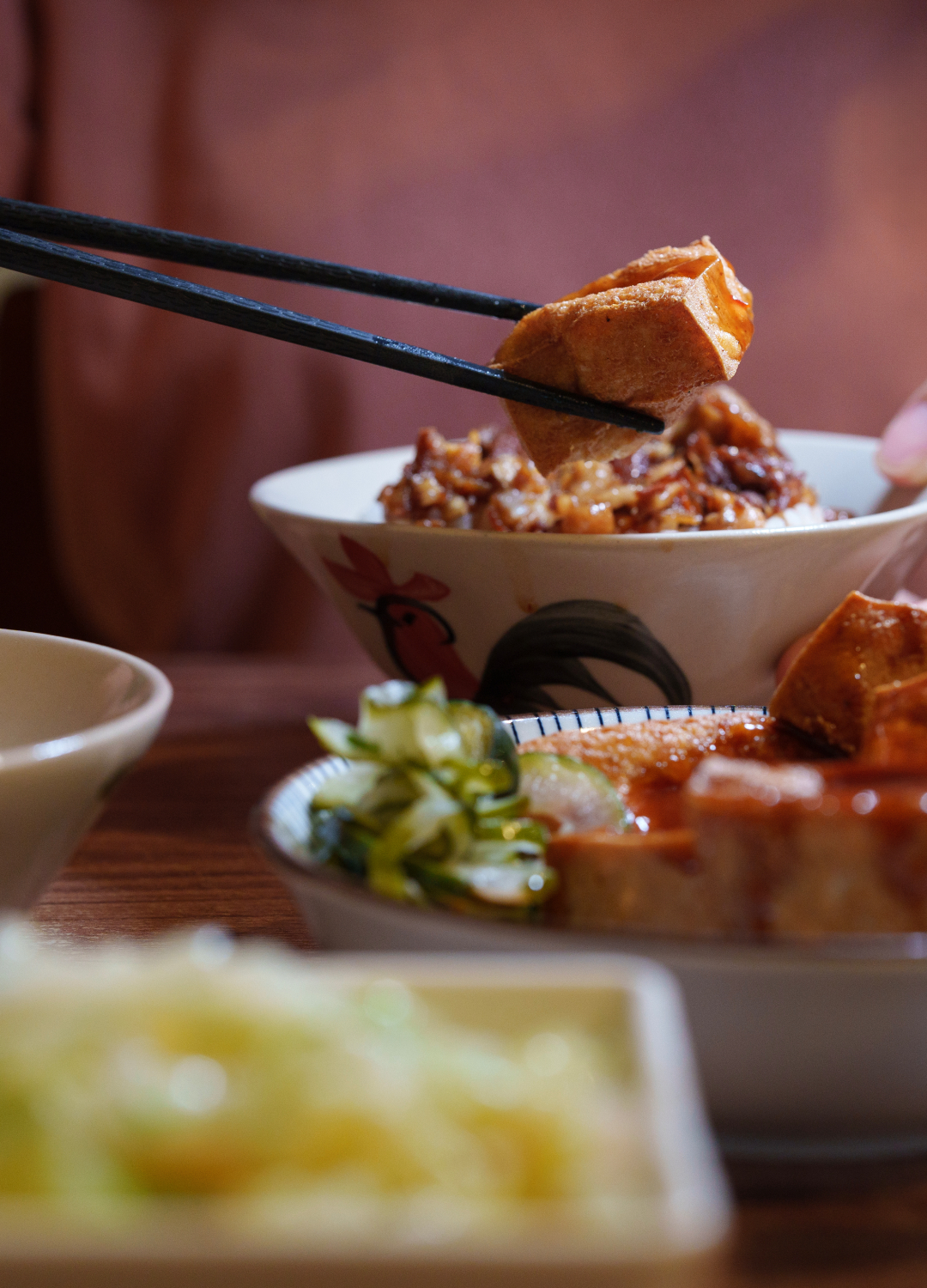
While in the UK we're often taught to try and clear our plate, in Chinese culture it's generally considered polite to leave a little bit of food on your plate so that the host knows that you are full and they've provided enough food.
This isn't a universal rule, of course and can vary from situation to situation. But if you do finish all the food on your plate, don't be surprised if the host offers you another serving.
Never show up early to a dinner party in the UK
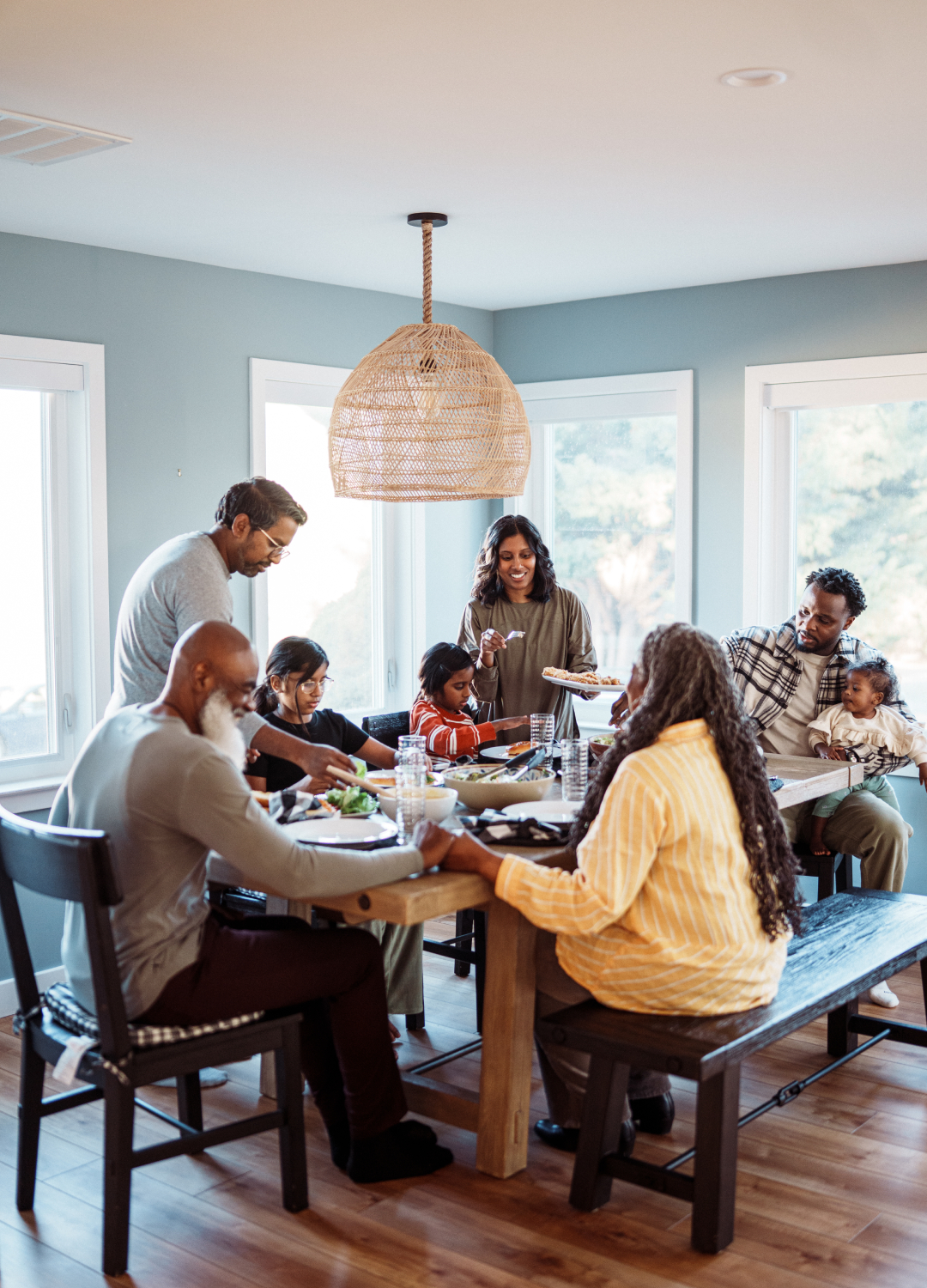
While being early is a good life skill, the UK’s Queen of Etiquette, Laura Windsor, who is working with Baker and Stonehouse on a campaign around hosting, tells us that showing up early to a dinner party can be considered rude.
“If the invitation says 7:15 pm, guests should arrive between 10 and 15 minutes later. If you turn up early, the hosts may not yet be dressed or may want to take a 10-minute breather before the party starts," she explains.
Sign up to our free daily email for the latest royal and entertainment news, interesting opinion, expert advice on styling and beauty trends, and no-nonsense guides to the health and wellness questions you want answered.
It's common to eat with your hands in India
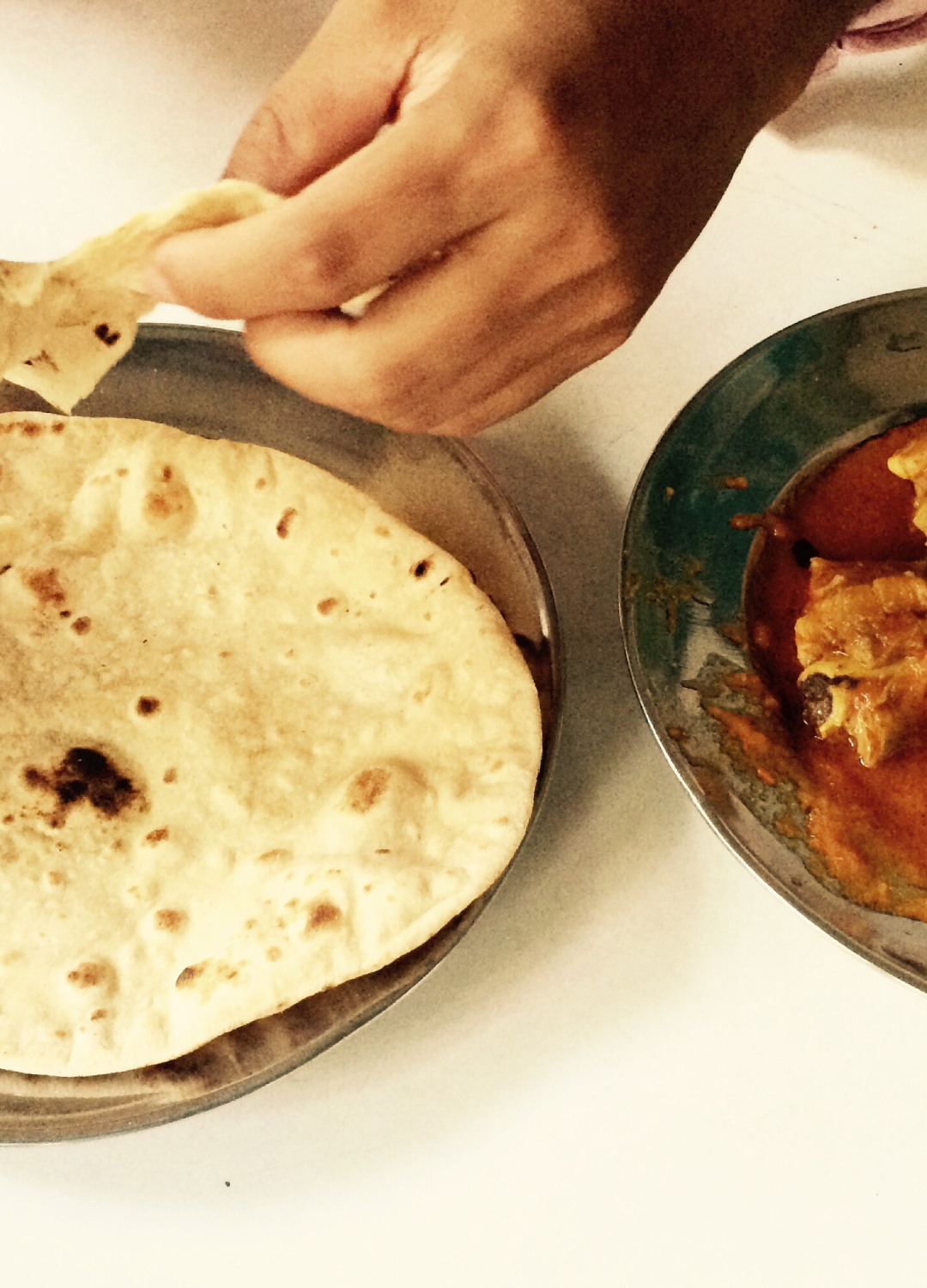
In some places in India (and neighbouring Sri Lanka), it's common to eat with your hands. While in others, you may be offered a fork and a spoon. It's customary to always wash your hands thoroughly before eating, no matter what utensils you're using.
Table decor is extremely important in France
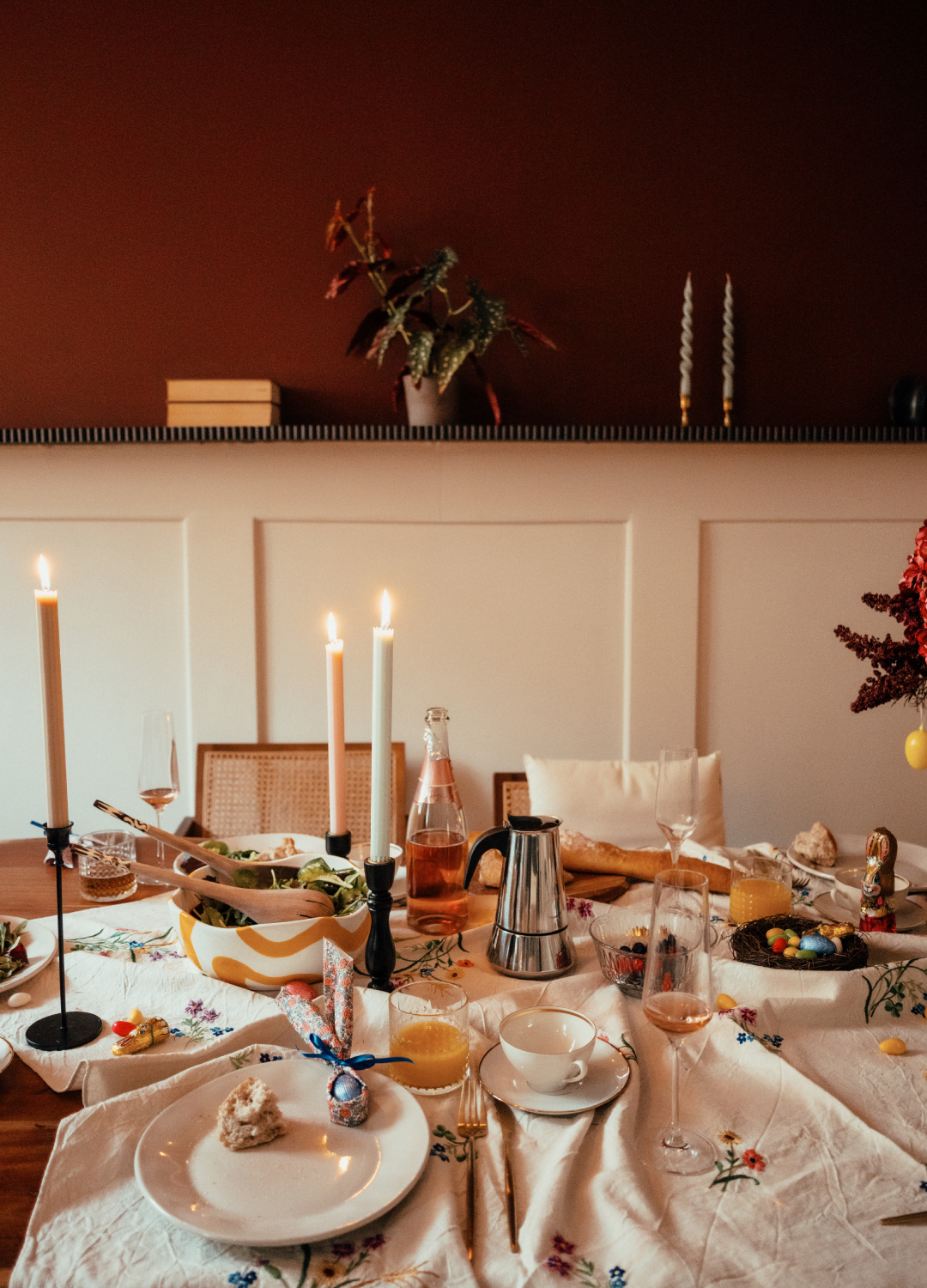
Throwing a French-themed dinner party? Ensure your tablescape is well-thought-out and elegant if you want to mimic the French. "The table has to be as well-dressed as the guests!" home and hosting expert Alison Cork tells us.
"Opt for proper table linen, best cutlery, condiments, coasters for wine glasses, decorative holders for the wine bottle or better yet, a carafe to decant the wine, low flower arrangements so you can see your guests across the table."
At a dinner party in America, it's important to thank the host
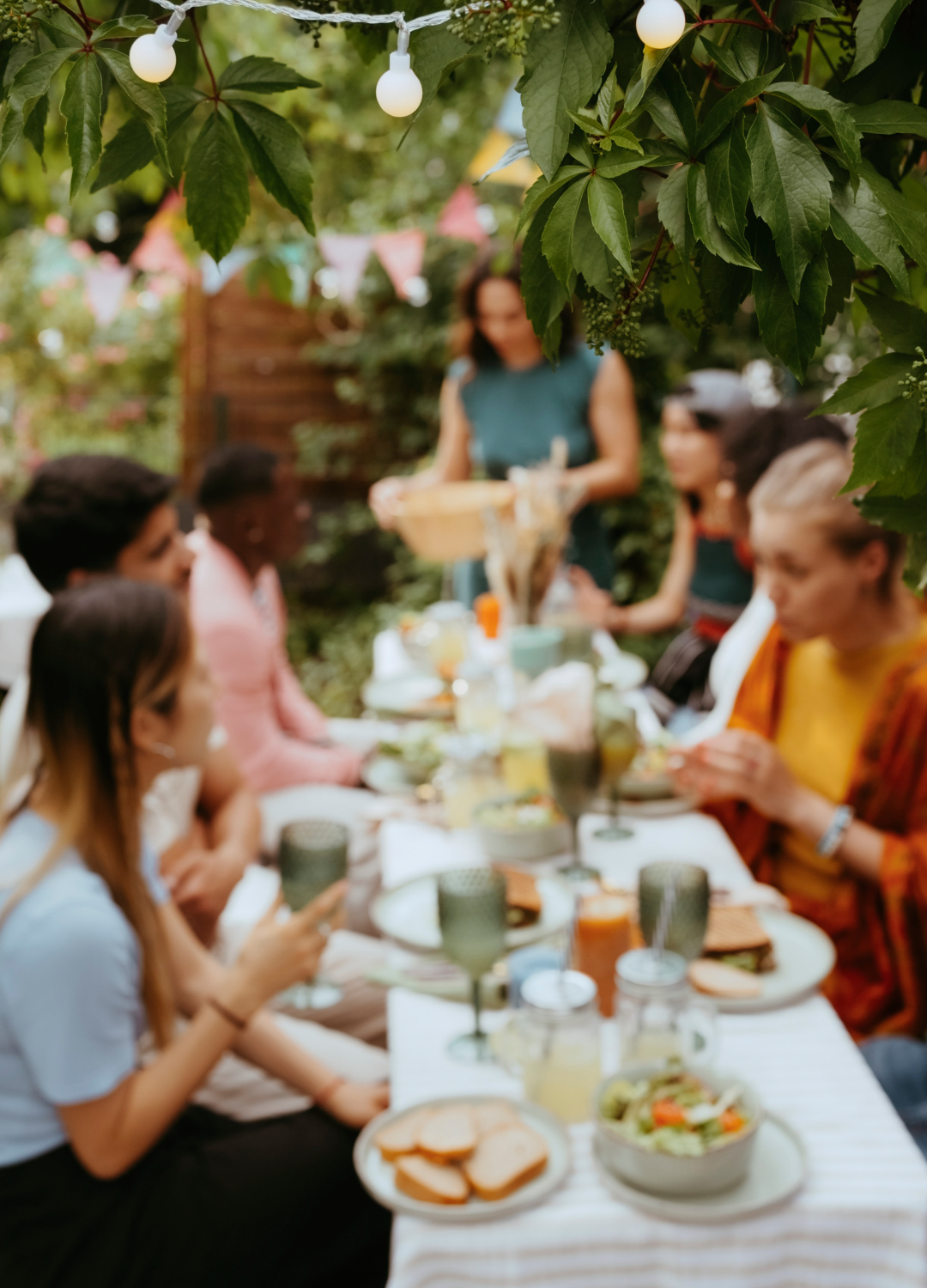
Manners matter! In North America, it is customary to thank your host for your food and ask politely for dishes to be passed around the table. Many families or groups will also say 'Grace', thanking god or another religious figure, for their food and other things they are thankful for, having a quiet moment of reflection.
In Finland, 'Ruokarauha' is a quiet moment of gratitude before eating

"Before we start a meal, it’s common in Finland to take a brief moment to appreciate the food and the effort behind it silently," Heli Jimenez, Senior Director of International Marketing at Business Finland, explains.
"We don’t have a formal prayer like in some cultures, but a quiet gratitude reflects our respect for the chef. We call this “ruokarauha”, which translates to “meal peace” or "meal harmony”. Ruokarauha is a simple approach that fosters calm, community, and goodwill."
It can be considered rude to ask for a plus one in the UK
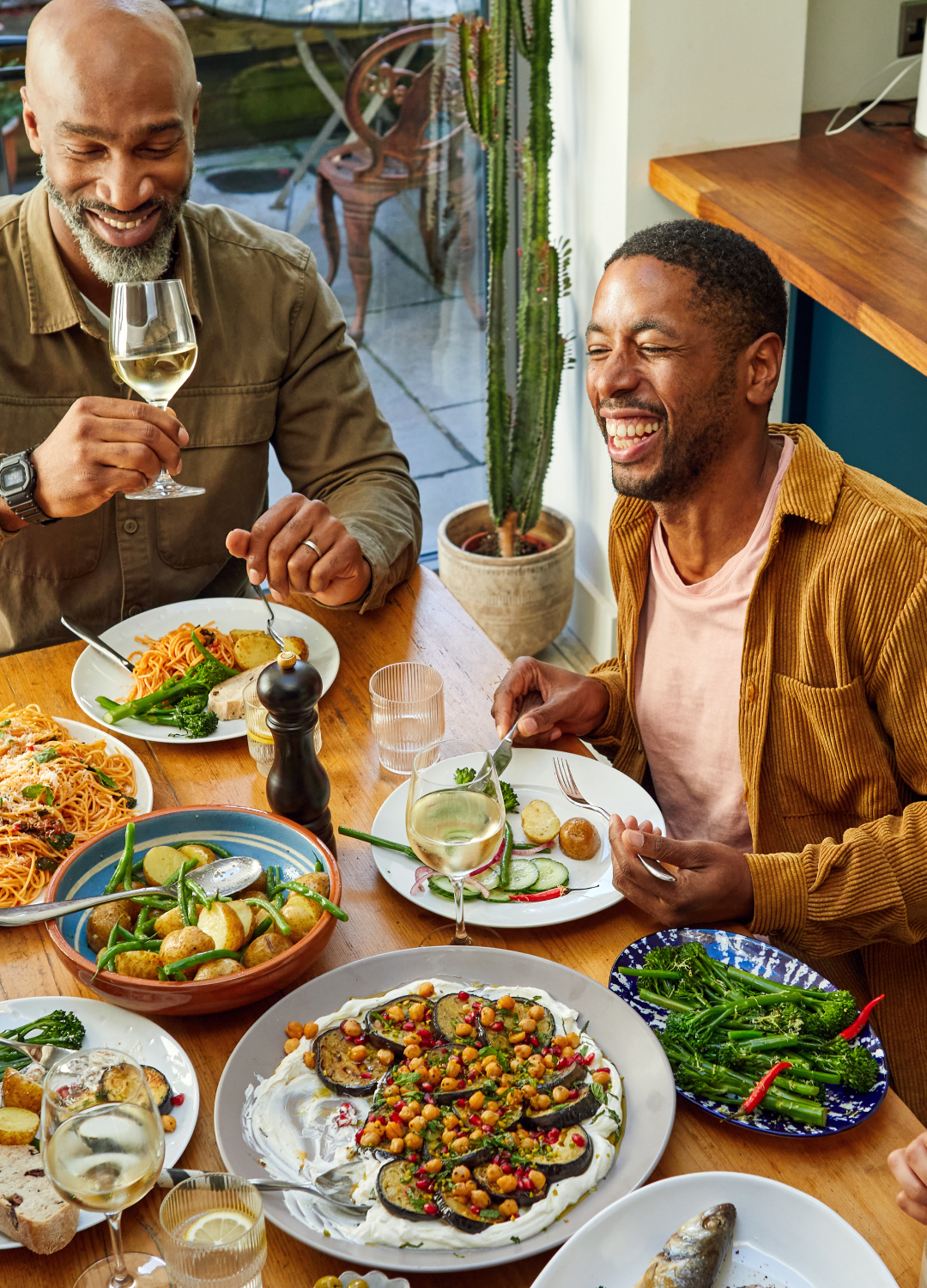
You should never ask for a plus one, claims British etiquette expert Laura Windsor.
“If a guest requests a plus one, the host has every right to refuse politely if they feel strongly about it," she explains. "If the host wanted you to bring a plus one, it would have been mentioned on the invitation, so respect the host’s wishes!”
Eating and drinking together can be frowned upon in parts of Africa
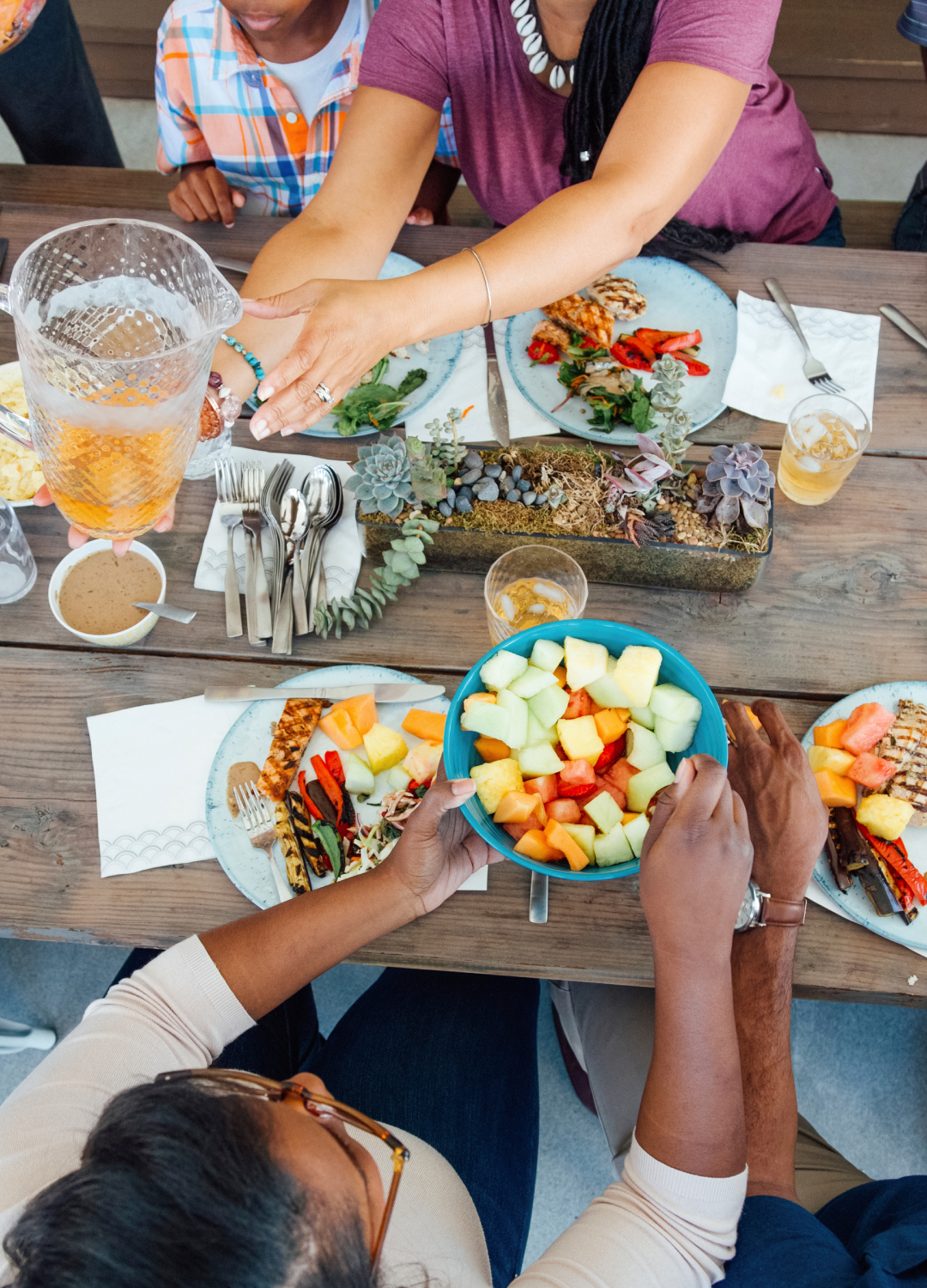
While in countries like France, eating and drinking (particularly wine) go hand in hand, in parts of Africa, it's a very different story.
In Senegal and Rwanda, drinking and eating simultaneously is frowned upon. Meanwhile, in Rwanda, eating in public is generally thought of as unacceptable, especially on the street.
You should bring a dish to a BBQ in New Zealand
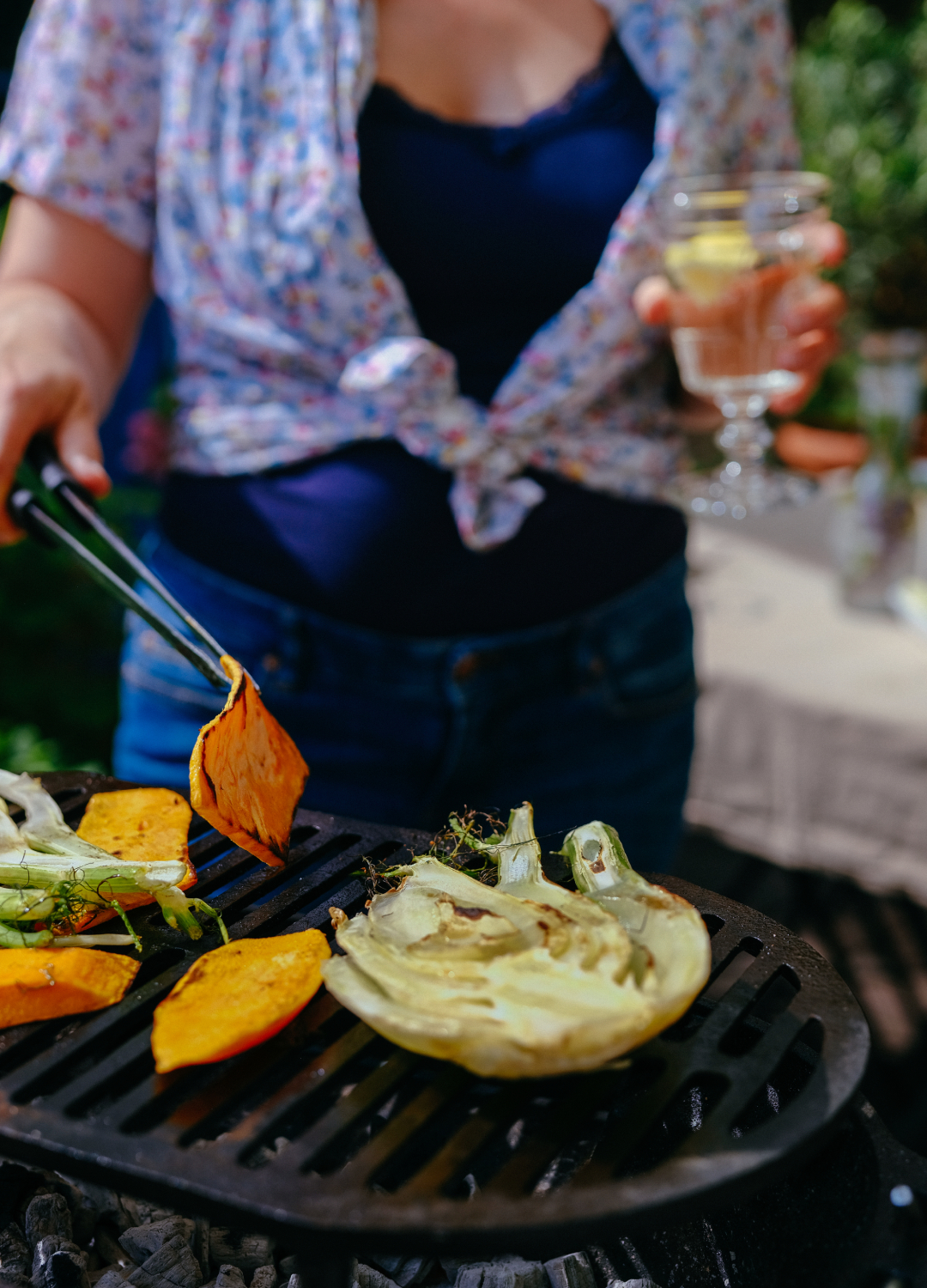
BBQs with friends and families are a big part of the culture in New Zealand and Australia. In New Zealand, barbeque hosts aren't expected to provide everything as hosts in the UK often do. Instead, it's customary for guests to bring meat, salads and dishes to add to the mix.
Silence at the table is something to be celebrated in Finland

Often the dinner table is somewhere where we can connect with friends and family, but in Finland sitting in silence is also a typical part of a meal.
"We’re not afraid of a little silence when we eat. It’s not rude, we just really enjoy our food without the pressure to fill every moment with chatter," Finland native Heli Jimenez explains.
For the Spanish, dinnertime should never be rushed
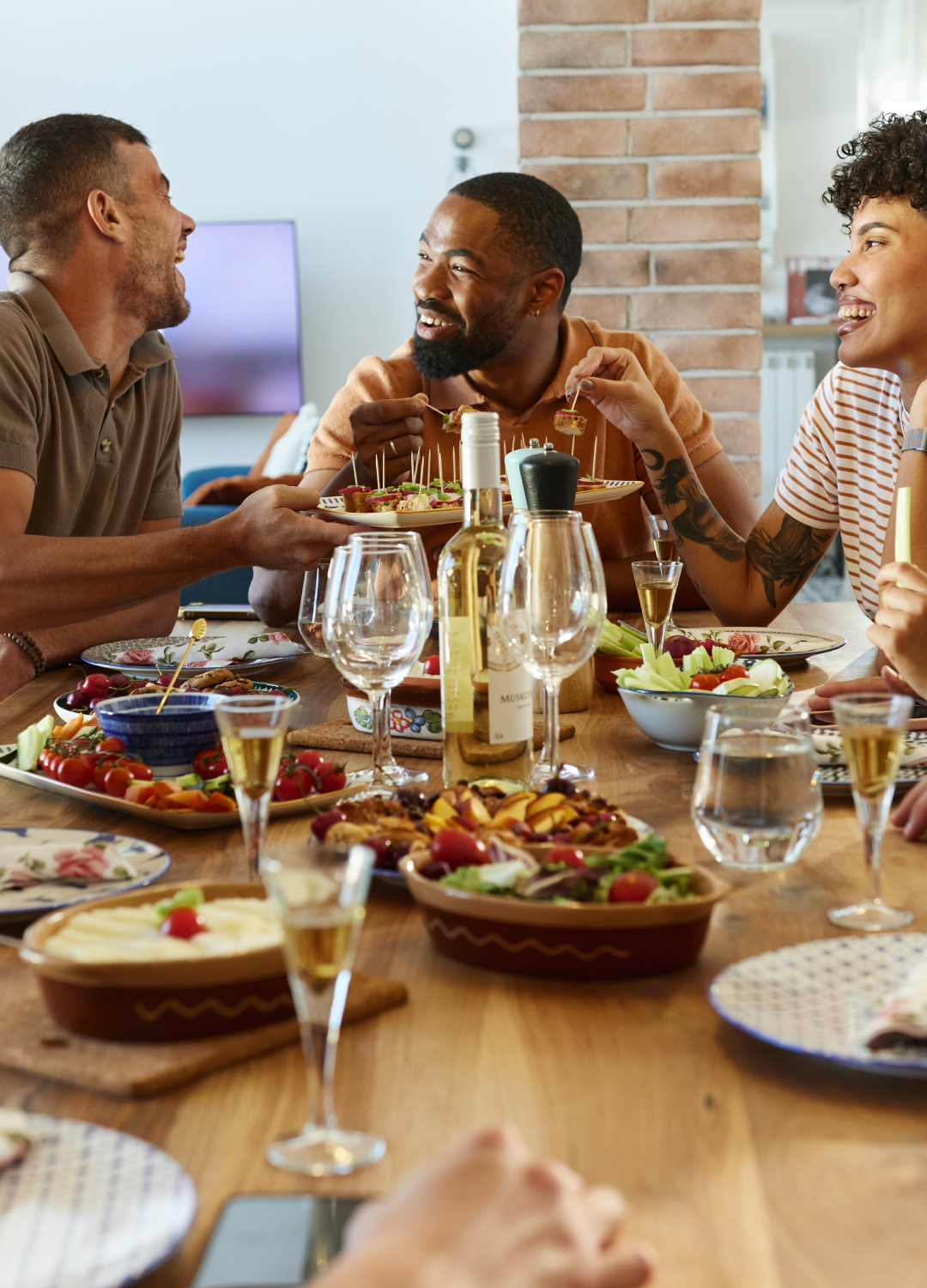
In Spain, food and drink are all about community and spending time with family. "Mealtimes revolve around spending time with loved ones, sharing stories, and embracing unhurried moments," said Aoife McGuigan, Head of Marketing for Ready to Drink Alcohol, Suntory Beverage and Food GB&I, who look after traditional Spanish spritz brand La Casera.
"It’s not unusual to linger at the table after eating, savouring conversation as much as the flavours. Whether you’re catching up with family or sharing laughs with friends, connection sits at the heart of every meal. That easygoing spirit defines Spanish dining culture and etiquette.
"We even have a word for what happens after a meal: sobremesa, the cherished time spent around the table, simply enjoying one another’s company."
Clashing personalities should be separated as a rule of thumb at UK dinner parties
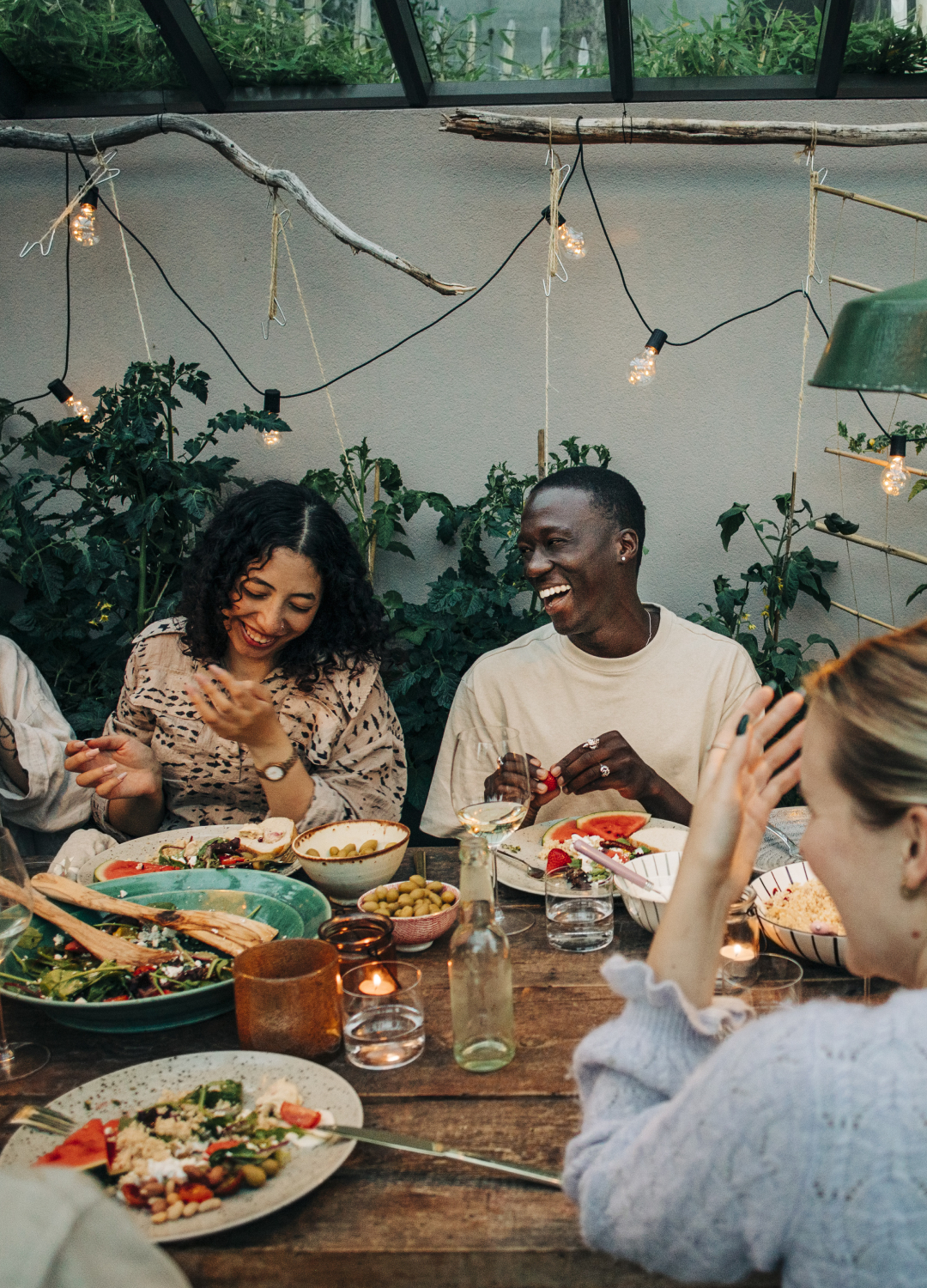
"A seating plan is particularly useful when there are more than half a dozen guests, as good conversation should be balanced. You can divide guests by personalities," etiquette expert Laura Windsor explains.
"Mix shy people with the more talkative ones, and if the table is rectangular, the hosts should sit at opposite ends of the table. The guest of honour should always sit to the host’s right," Laura explains.
In Chile, you should eat everything with your knife and fork

When it comes to table manners in Chile, everything should be eaten with a knife and fork - and we mean everything, from traditional foods like asado and empanadas to fresh fruit. It's actually considered rude to eat with your knife and fork.
While dining in Finland, only take what you can finish
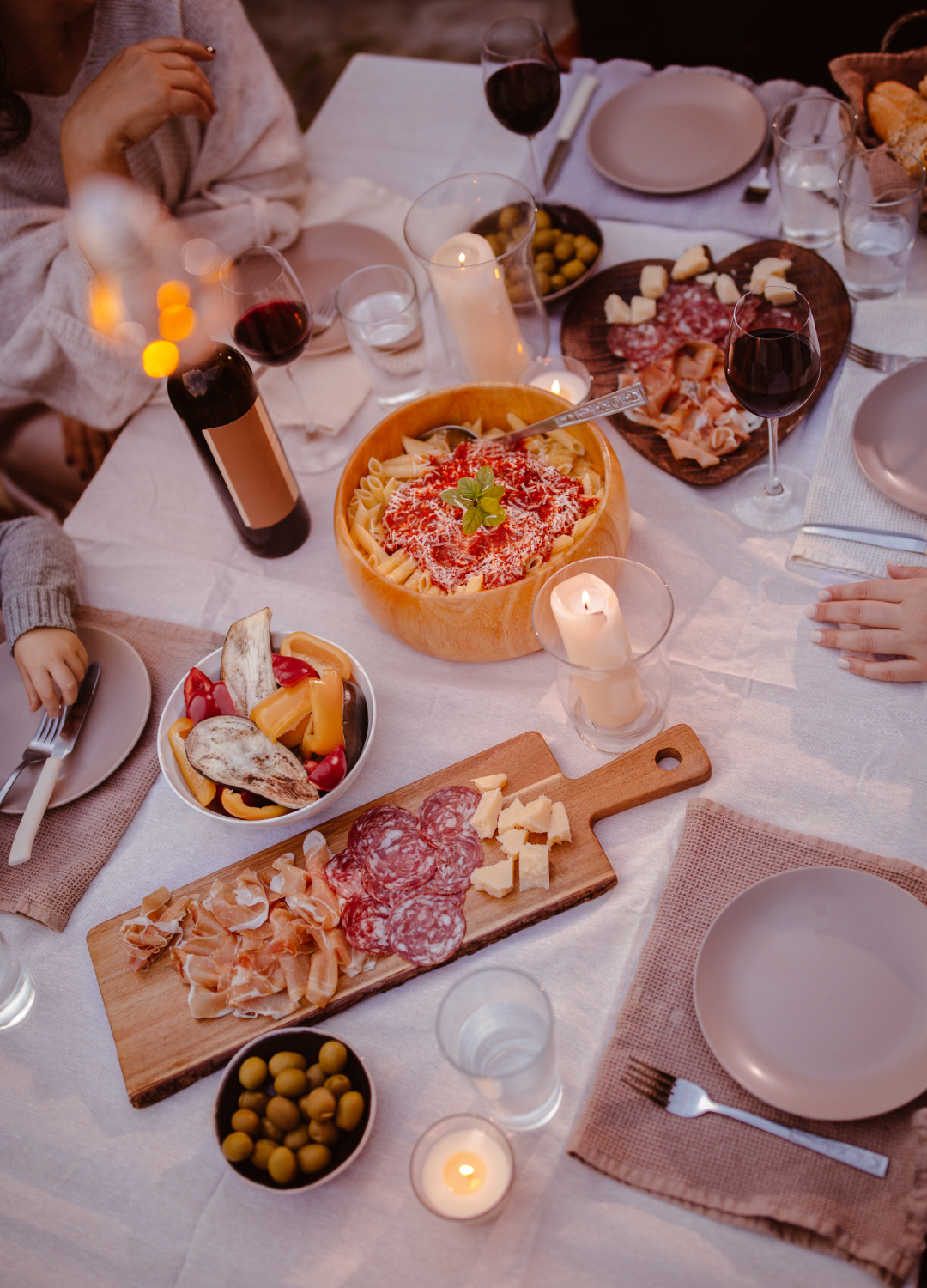
“Food to Finns is part of friendship, love, care - we share our food. So if you’re invited to a Finnish home, don’t be too shy, the food on the table is meant to be passed round and enjoyed by everyone," Finland native Heli Jimenez explains, before adding, "But only take what you can finish, we don’t like waste!"
You shouldn't mix wasabi and soy sauce in Japan

While we're often guilty of mixing everything when eating sushi in the UK, mixing wasabi into soy sauce isn't the best practice in Japan. The practice, known as 'wasabi joyu', is generally considered a bit of a faux pas as it detracts from the individual flavours of the soy sauce and wasabi.
In Vietnam, you should ask for the bill
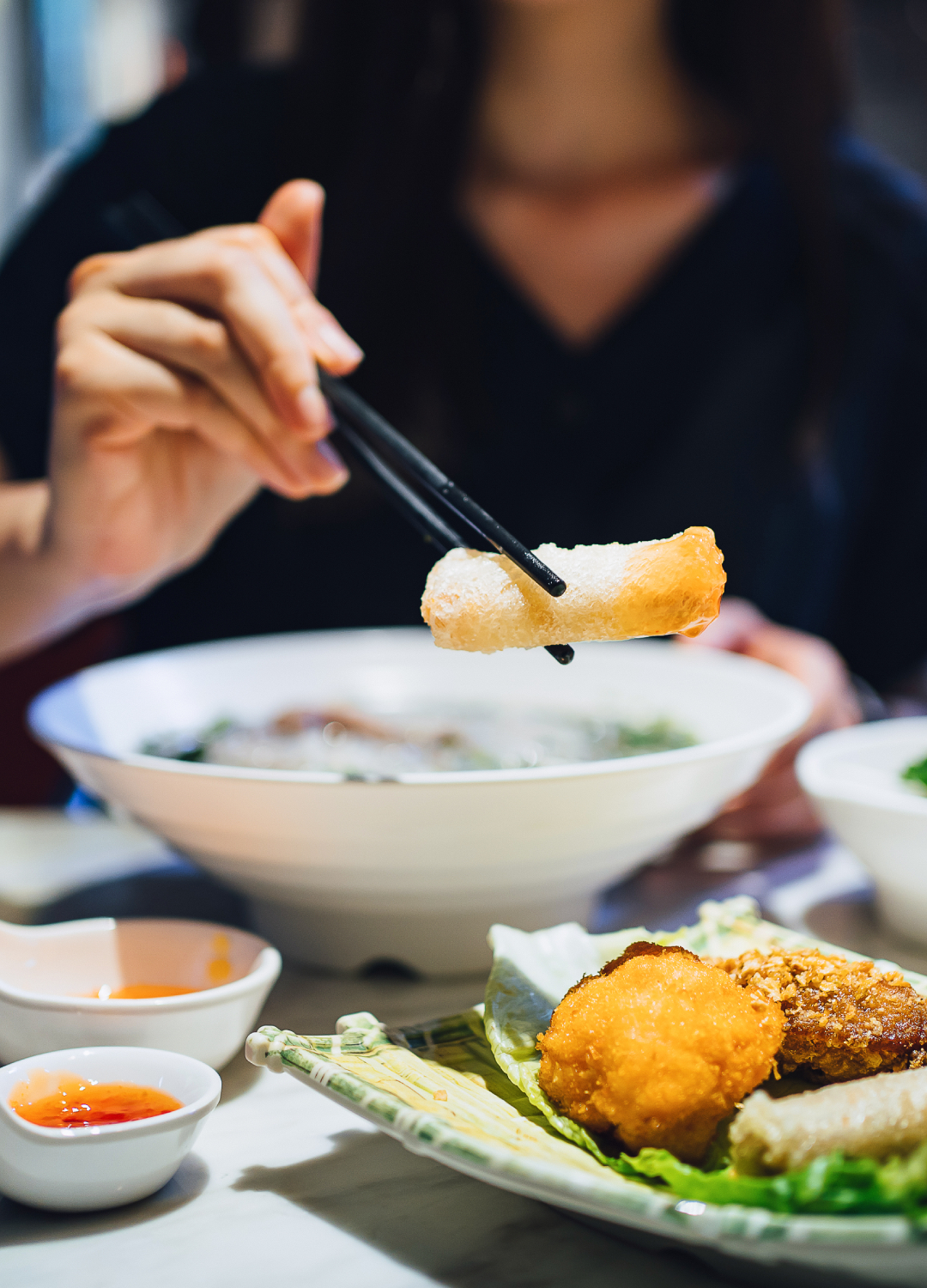
When it comes to paying in a restaurant in Vietnam, typically, you should go up and pay rather than wait for the bill from your waiter or waitress. Of course, you can ask for the bill to be brought over, but it's unlikely to appear without being prompted, as this is considered rude in Vietnamese culture.
In Finland, fish is a staple and vegetables take centre stage
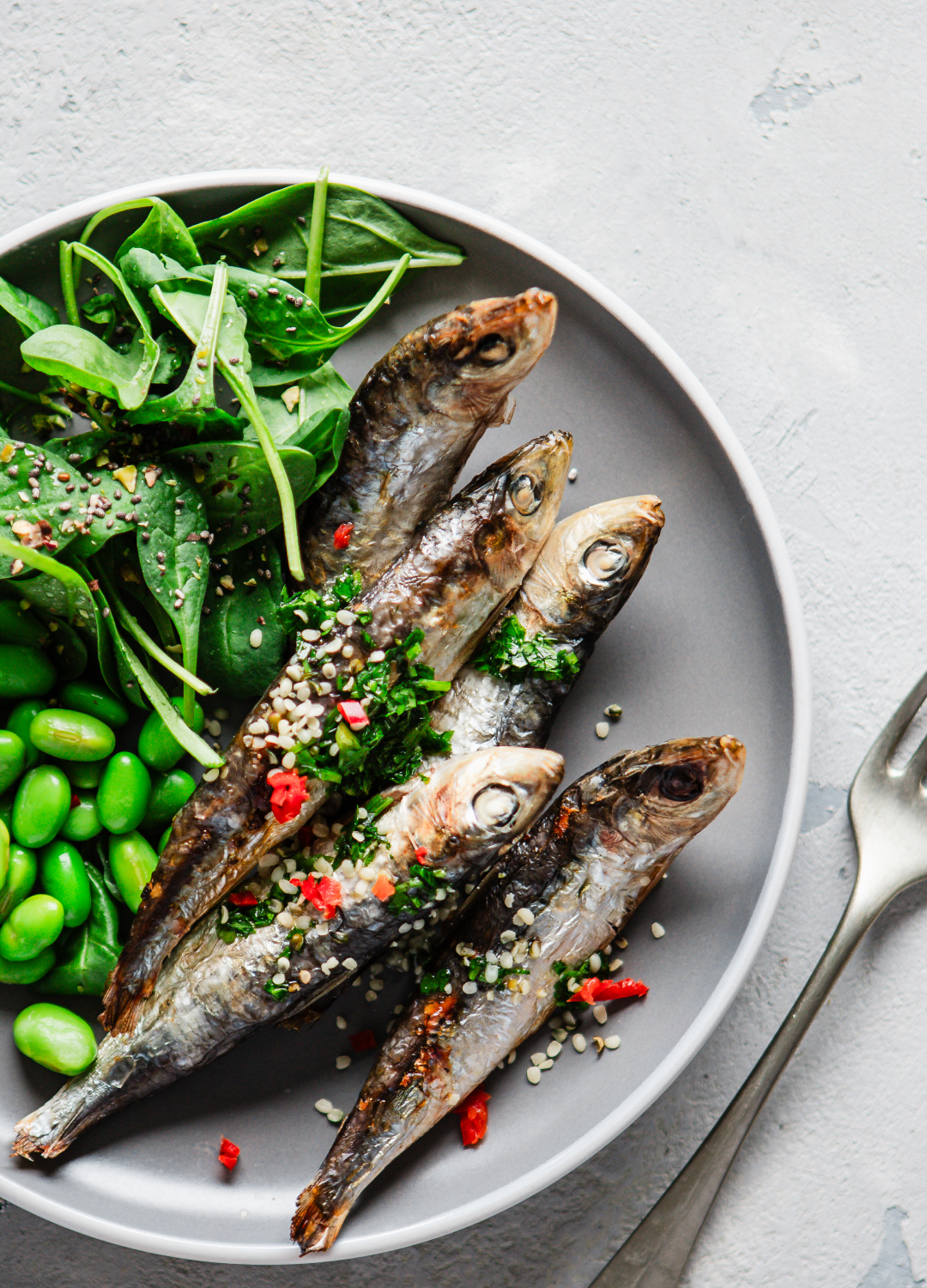
“Where I’ve travelled, I’ve noticed that vegetables often play a small side role on the plate," Finland native Heli Jimenez explains. "But here in Finland, thanks to our northern soil and climate, root vegetables are the heart of many everyday meals. Things like home-grown swede, new potatoes, and even nettle are staples you’ll find growing in Finnish gardens."
Fish is also typically a part of each meal. "Fish has been a lifeline for Finns for centuries, from pickled herring to smoked salmon, it’s part of our identity and our diet," Heli continued. "And with many coastlines, harbour-side restaurants and cafes are super popular, because they serve freshly caught fish.”
Communal dining is the norm in South America
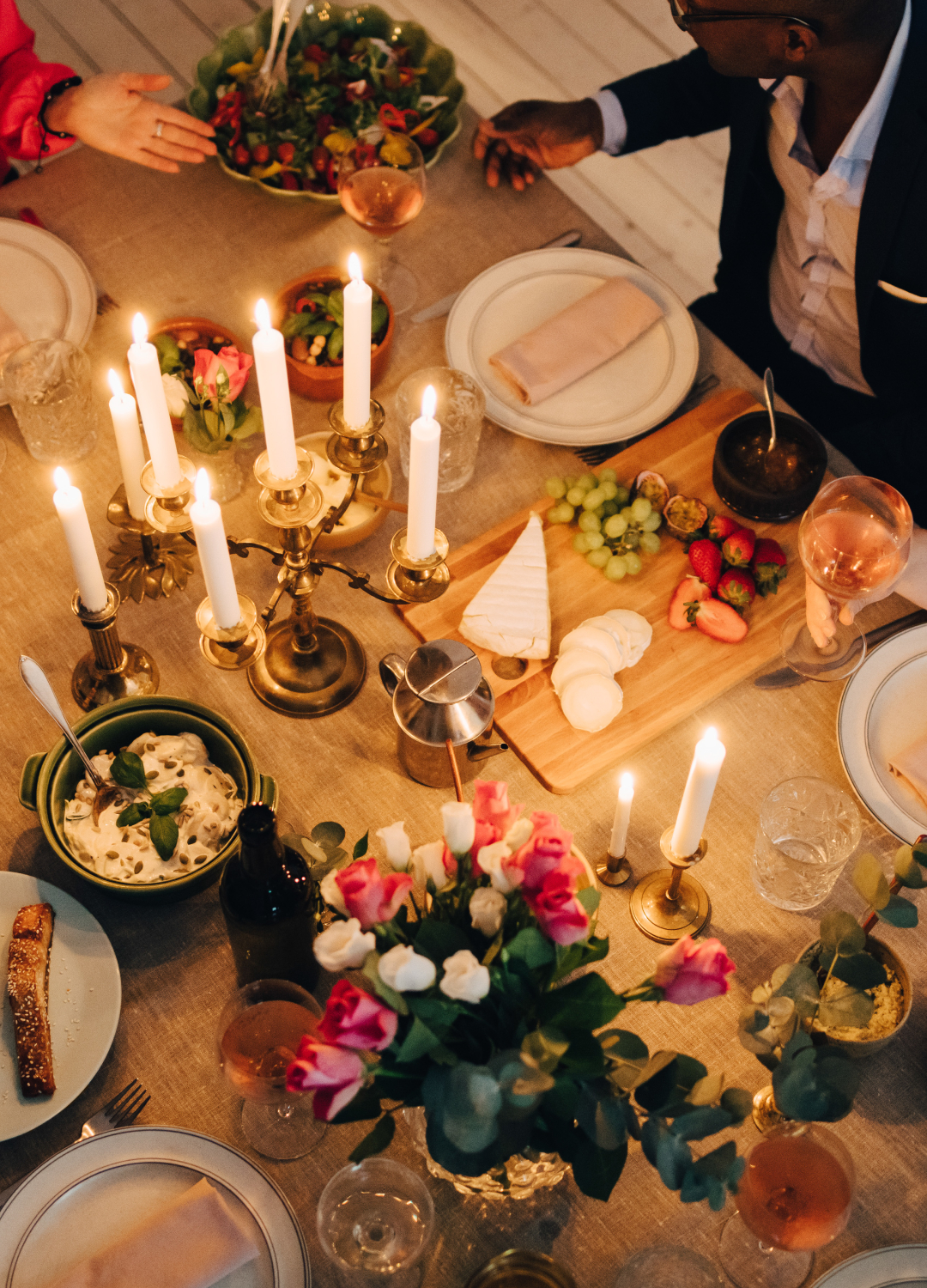
Countries in South America, like Brazil and Argentina, will usually serve meals at home in a communal style, passing dishes around in a more informal style where the conversation takes centre stage.
It's usual for people to come in and out of the dinner setting, with a much less formal approach to eating together than on other continents, such as the US and the UK.
Thanksgiving dinner is arguably more significant than Christmas in the US
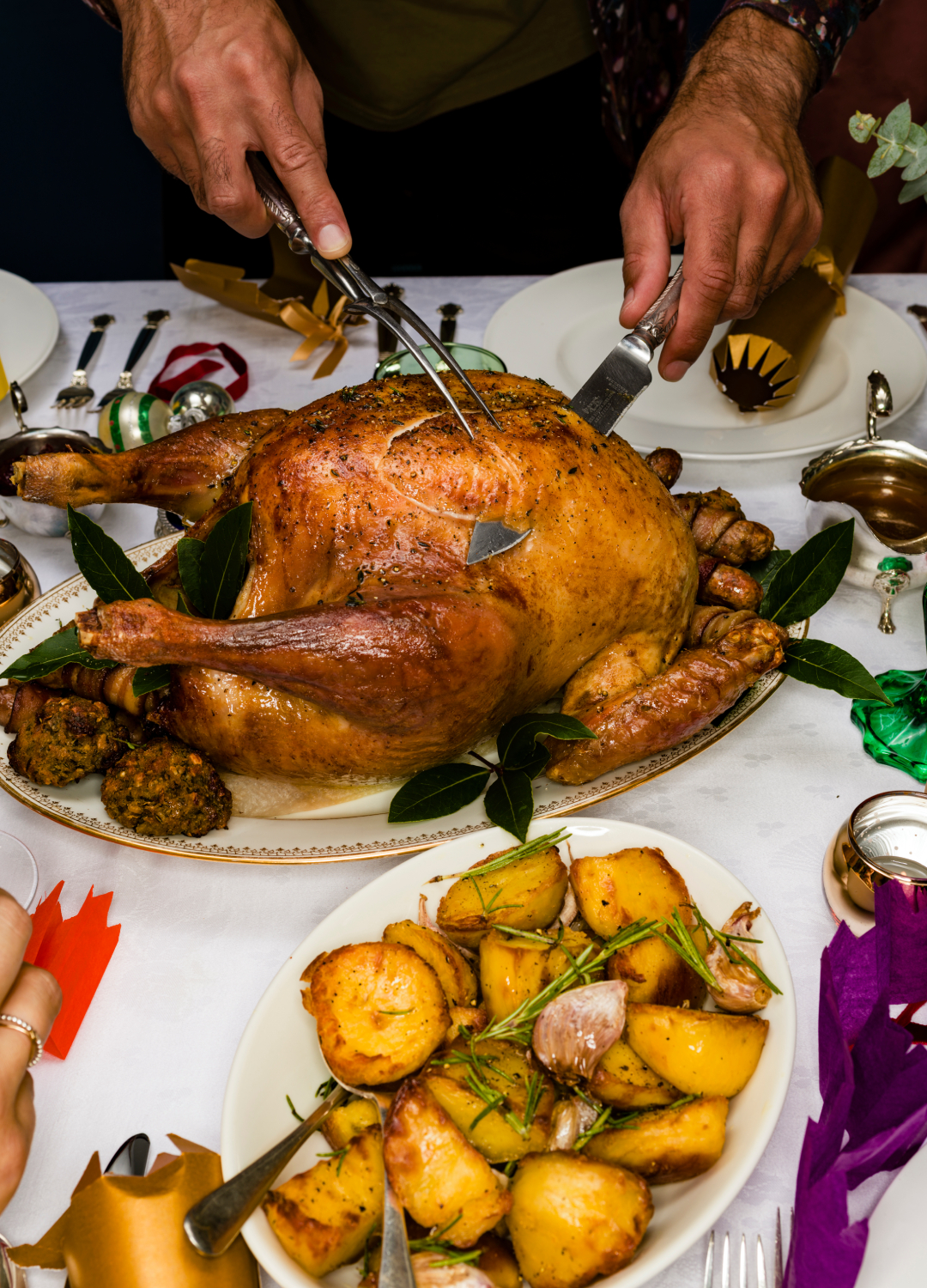
Thanksgiving is one of the biggest food traditions in North America, symbolising the harvest and gratitude. While Christmas Day has a long buildup and is a huge celebration in its own right, the meal itself on Thanksgiving is generally bigger.
Diners will likely enjoy stuffing, turkey, cranberry sauce, yams and vegetables, with a classic Fall dessert like Pumpkin Pie.
Seasonal eating is taken very seriously in Finland
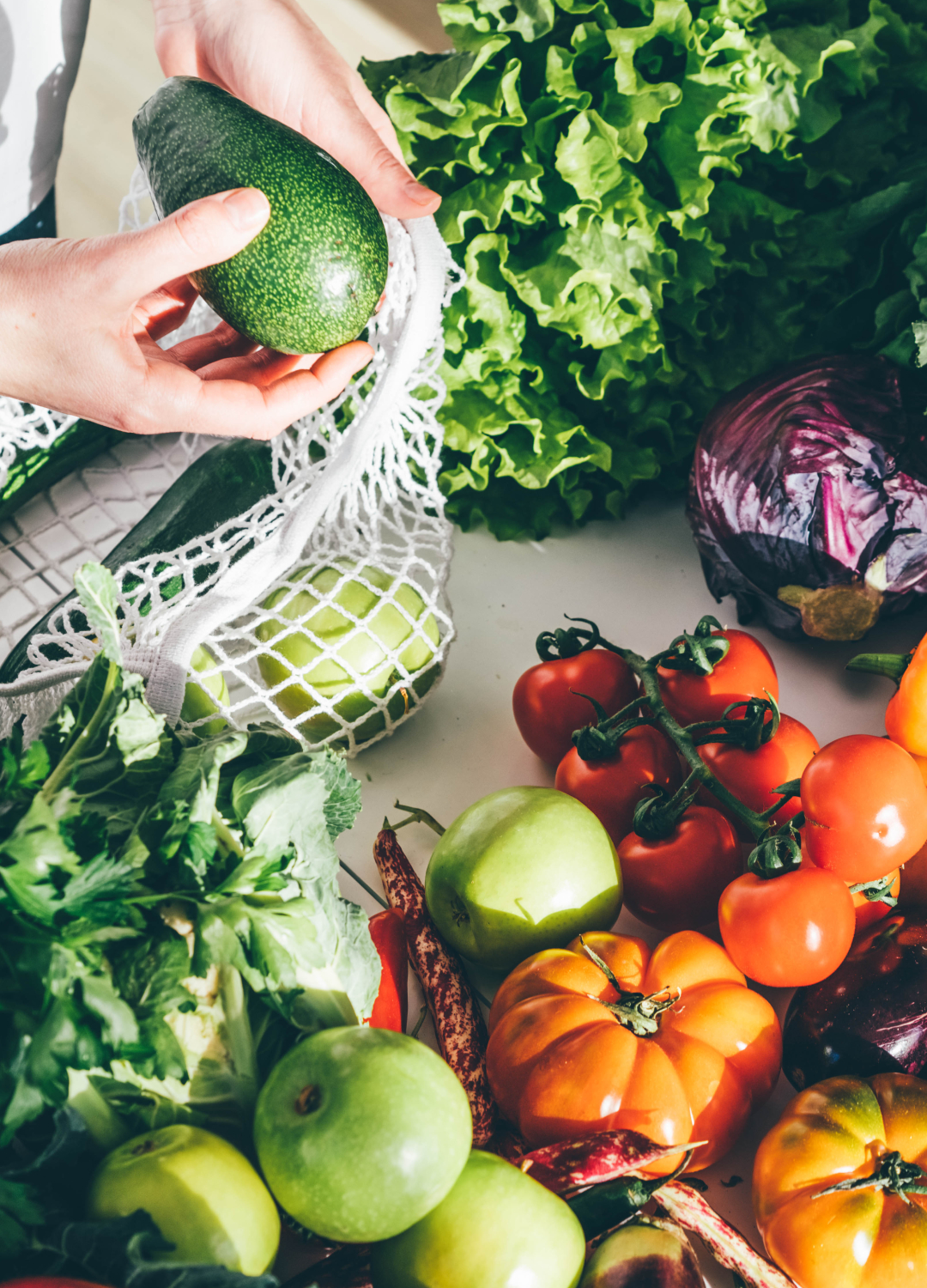
“Lots of people around the world know about foraging and seasonal eating. Some cultures have traditional winter dishes or autumn desserts, and in Finland, we honour the natural rhythm of the seasons," Finland native Heli Jimenez explains.
"In summer, foraging is super popular, so we gather fresh berries and vegetables, and in autumn, we’re out picking wild mushrooms too - an entertaining activity! When winter comes, it’s all about hearty family stews that keep us warm.
"Then, in spring, after a long, cold winter, we welcome fresh green vegetables again. Eating seasonally for us isn’t just about what tastes good; it’s about respecting the tradition and pace of nature: nature writes our menu."
Tipping isn't common in Vietnam

Unlike much of the rest of the world, particularly in the UK and the US, tipping is not a common custom in Vietnam - it's more usual to pay for your meal and drinks, without leaving anything extra.
If you're dining at someone's home, it's customary to bring a small gift as a token of thanks.
In Sri Lanka, eat with your right hand
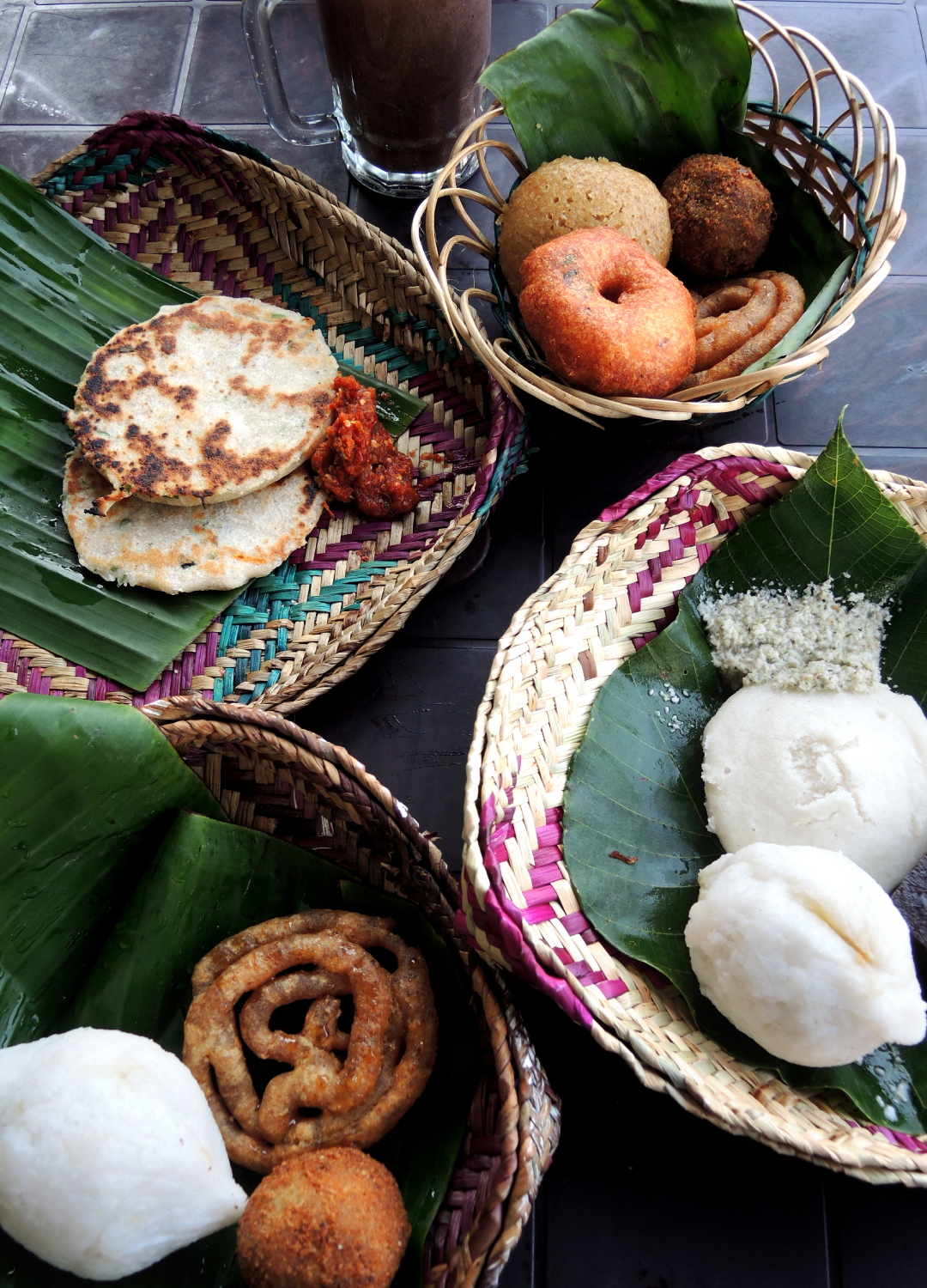
In India and Sri Lanka, if you are eating with your hands, it's customary not to eat with your left hand, as that's predominantly used for washing the face and body with soap and water. This hand should be kept clean, while the right hand is used for eating.
15 minutes is the cut-off point for latecomers in the UK

"If you’re going to be more than fifteen minutes late, call, explain quickly, and give the host an ETA," etiquette expert Laura Windsor explains.
"It’s all about managing expectations. This allows the host to decide what to do next. However, the host should not be expected to delay the meal longer than fifteen minutes for a latecomer."
Black-eyed peas and greens are a New Year's Day tradition in the US
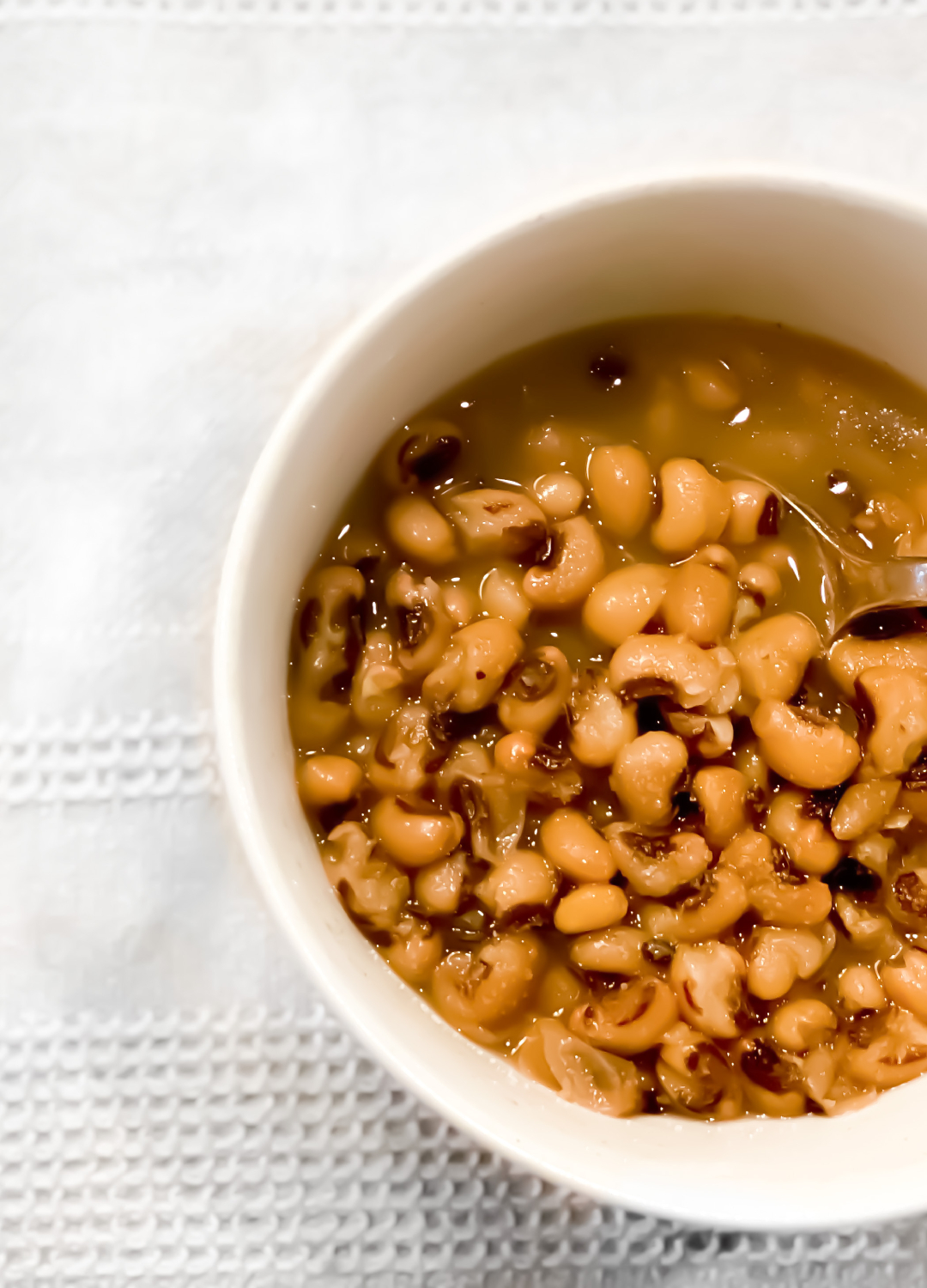
This surprising food tradition popular in the Southern US is believed to bring luck for the new year, though it doesn't sound particularly tasty. The tradition is rooted in African-American history, and the black-eyed peas symbolise coins, while the greens symbolise money, with the colour reminiscent of green notes.
Tea is part of the food eating ritual in Niger
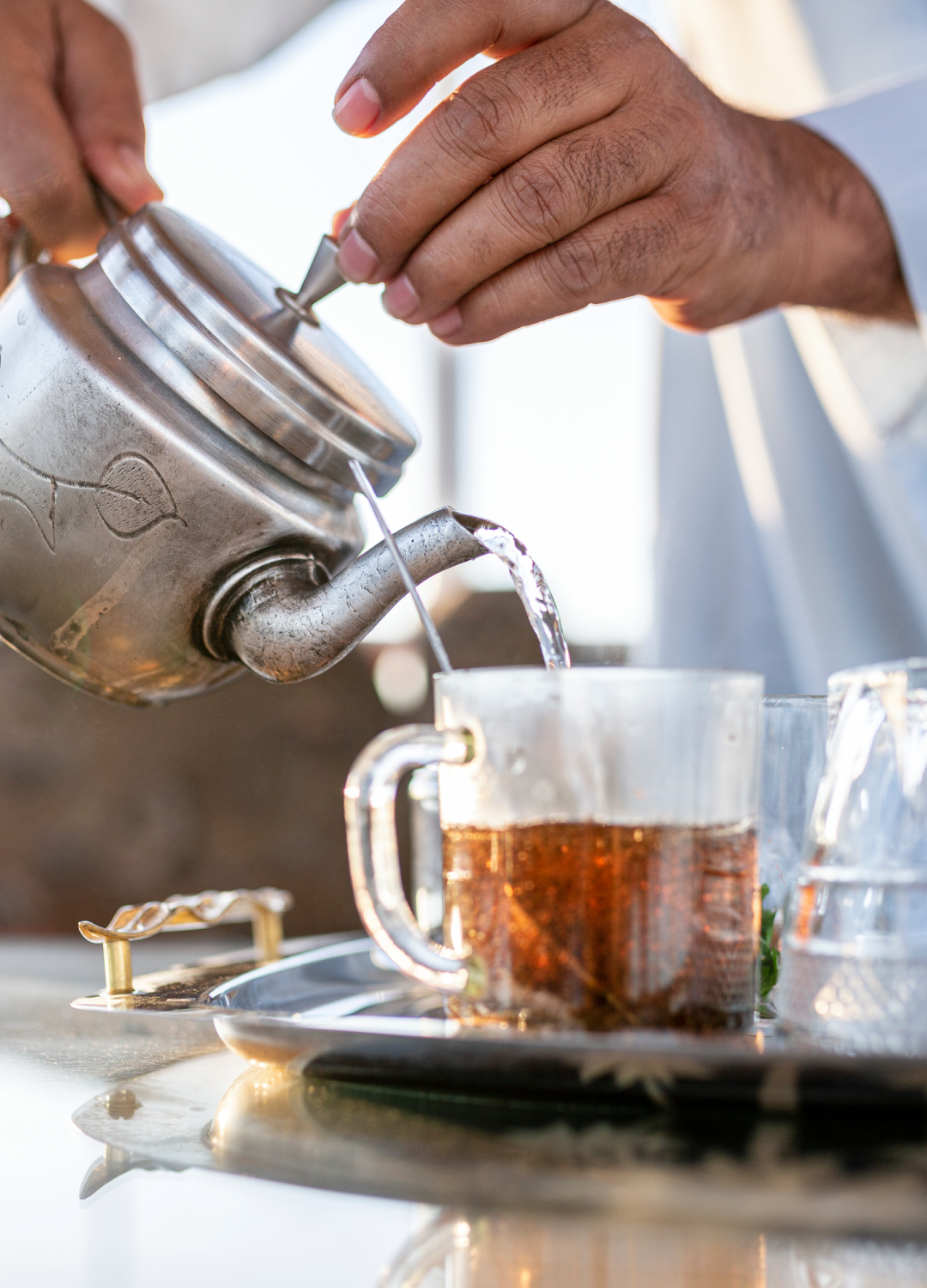
In Niger in West Africa, it's customary to drink tea as a ritual that's served in three stages, and the process has some very significant symbolism.
The first round is usually bitter, then the second is sweet, while the third is life. It's thought the bitterness refers to the challenges of life, while the sweetness relates to love.
In Finland, meal times come earlier
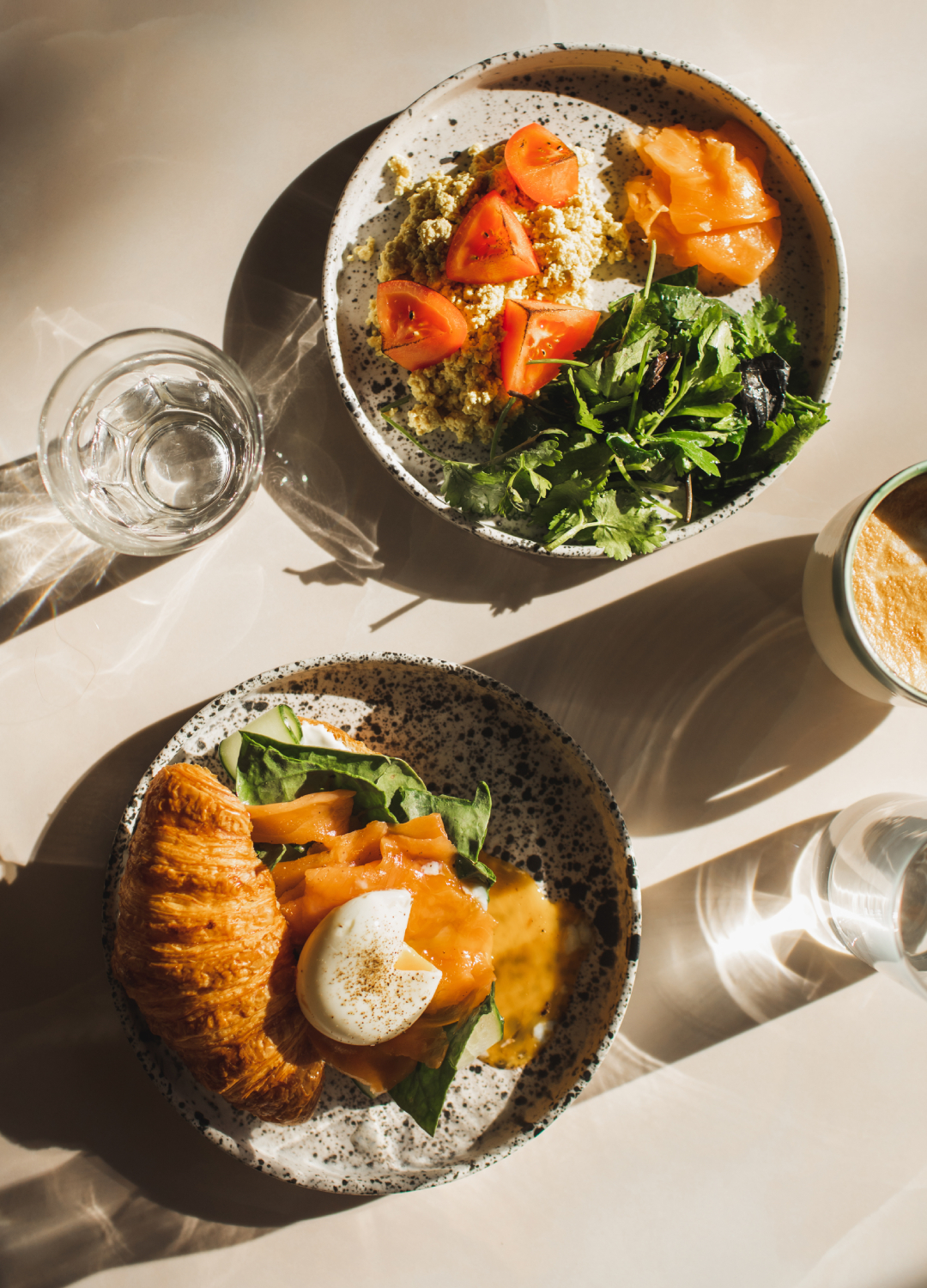
“Finns tend to eat meals at a much earlier time than most European countries," Heli Jimenez, Senior Director of International Marketing at Business Finland, explains.
"For example, I would try to have lunch between 11am and 1pm, leaving some time between dinner, which, at home, tends to be 5pm and 6pm."
It's typical to wait for everyone to be served before starting your meal in the US
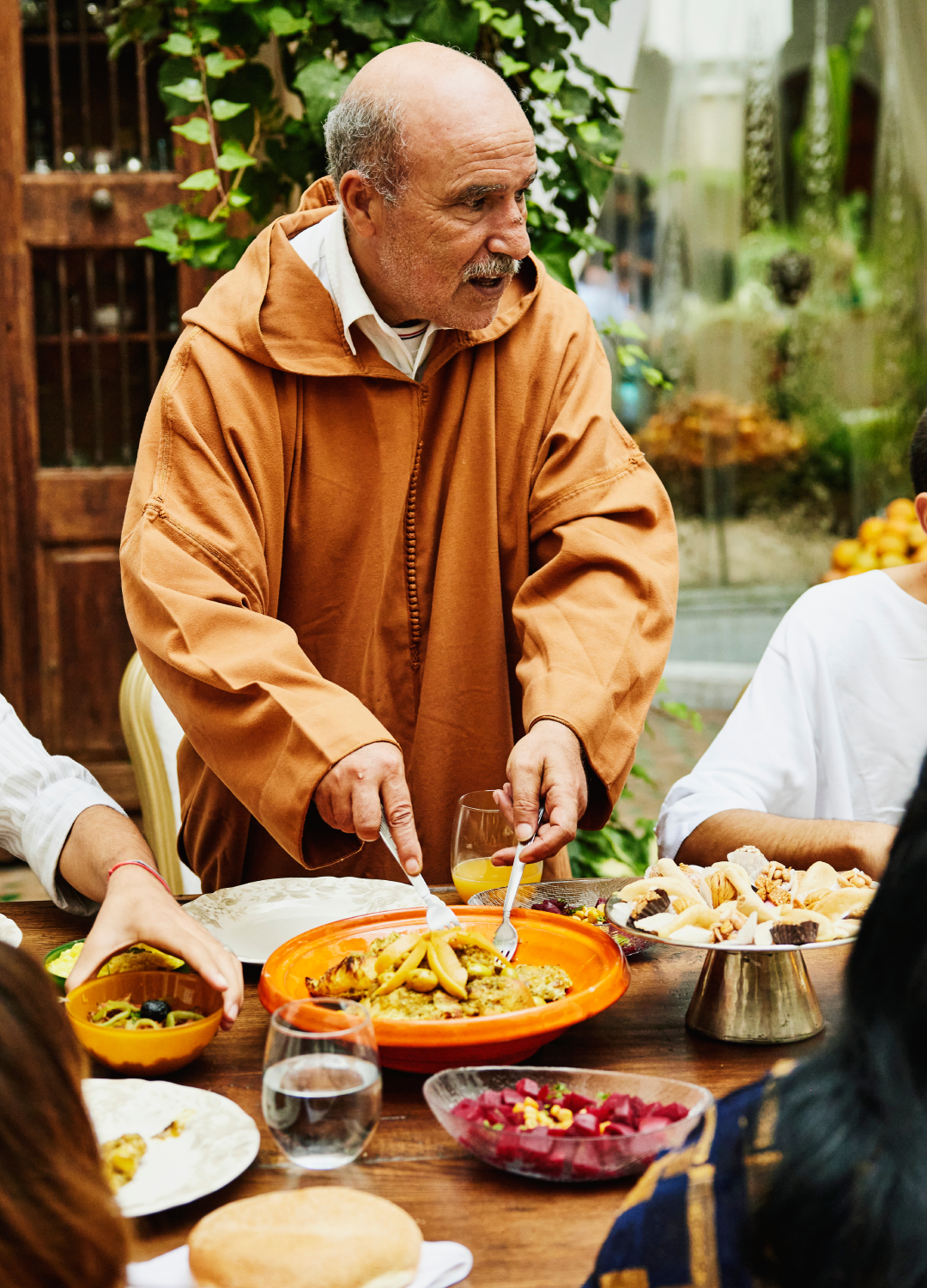
In North America, it is common to wait for everyone to be served by the host before starting the meal. The host will usually indicate when it's time to begin eating, and may even say a few words before the meal begins. The American rule is usually upheld in the UK as well.
Flowers aren't a suitable gift for a dinner party in the UK
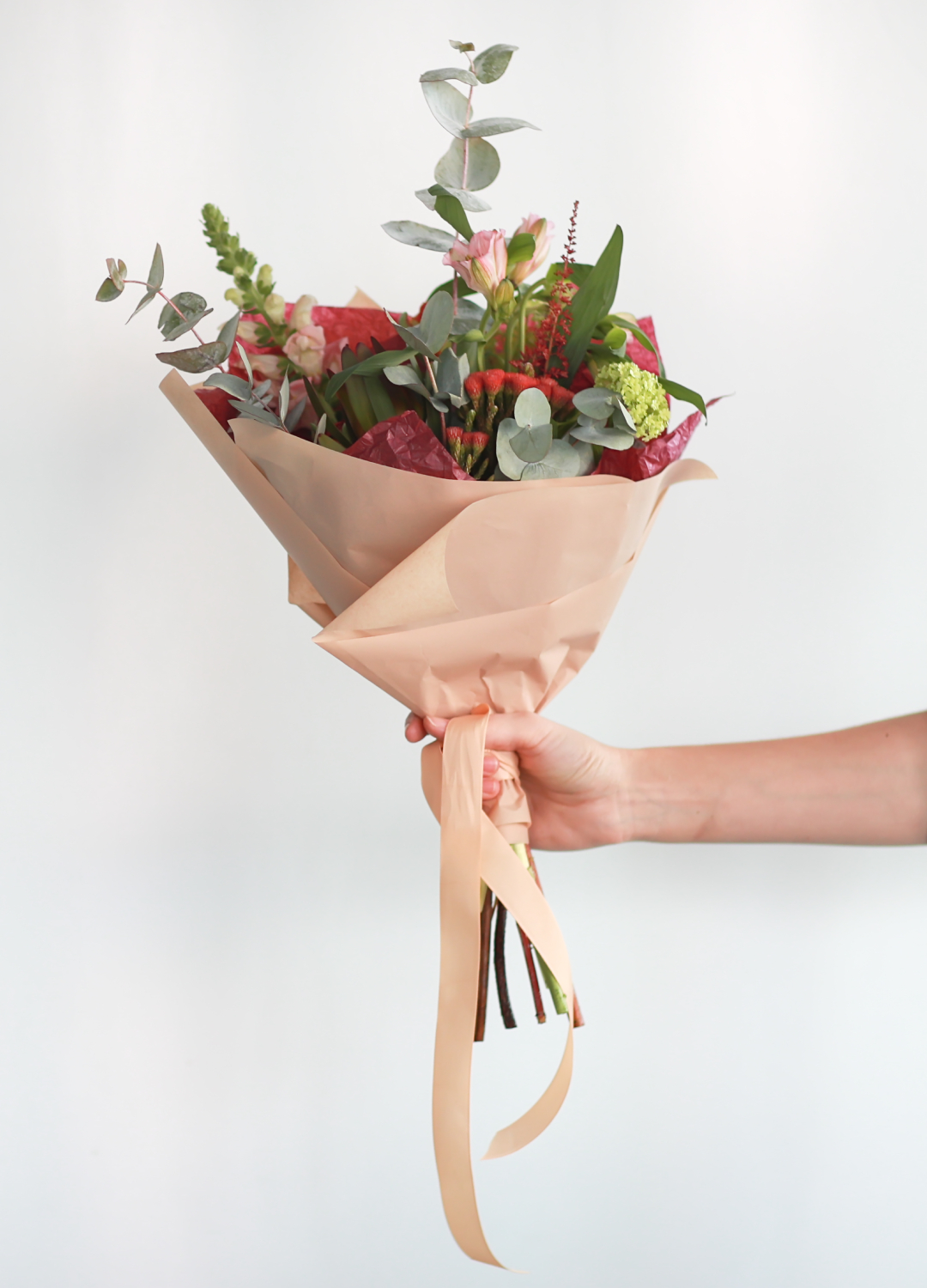
While this is no means a hard and fast rule, as many hosts will love flowers, etiquette expert Laura Windsor makes a good case for choosing another gift like wine, a candle or chocolates, rather than flowers that need immediate attention. "Even if you know your host loves flowers, you shouldn’t bring them to the dinner party," Laura explains.
“Send them ahead of the party or after the event so that the host doesn’t have to stop what s/he is doing to tend to them, unless of course they have help."
Research centres double up as restaurants in Antartica

The world's seventh continent has a lifestyle that feels alien to many of us, with food in scarce supply and obvious challenges when it comes to temperature for preparing and storing food.
Instead of traditional restaurants, there are dining facilities within research stations that offer unique dining spaces with incredible views - and some creative ways to cook and present food, given the extreme conditions.
You can't bring any food at all into Australia

Australia is known for its strict rules - and there's no exception when it comes to food. There are tight restrictions around bringing any food at all into the country due to biosecurity concerns, so you'll need to dispose of any plane snacks or food before going through customs to avoid it being confiscated and potentially holding up your trip.
Maintain eye-contact during a cheers in Finland

"If you are at dinner and someone raises their glass and says ‘kippis’ (cheers), you must not lose eye contact - it’s important to remain connected before we eat," Finland native Heli Jimenez explains.
This is also the case, albeit more casually, for many places in the UK. A glass clink is also usual practice - though apparently not for the royals. Former royal butler Grant Harrold has previously revealed that the royals do raise their glasses and say "cheers" and make eye contact, but they don't 'clink' their glasses together.
In the UK, it's polite to bring a gift to a dinner party
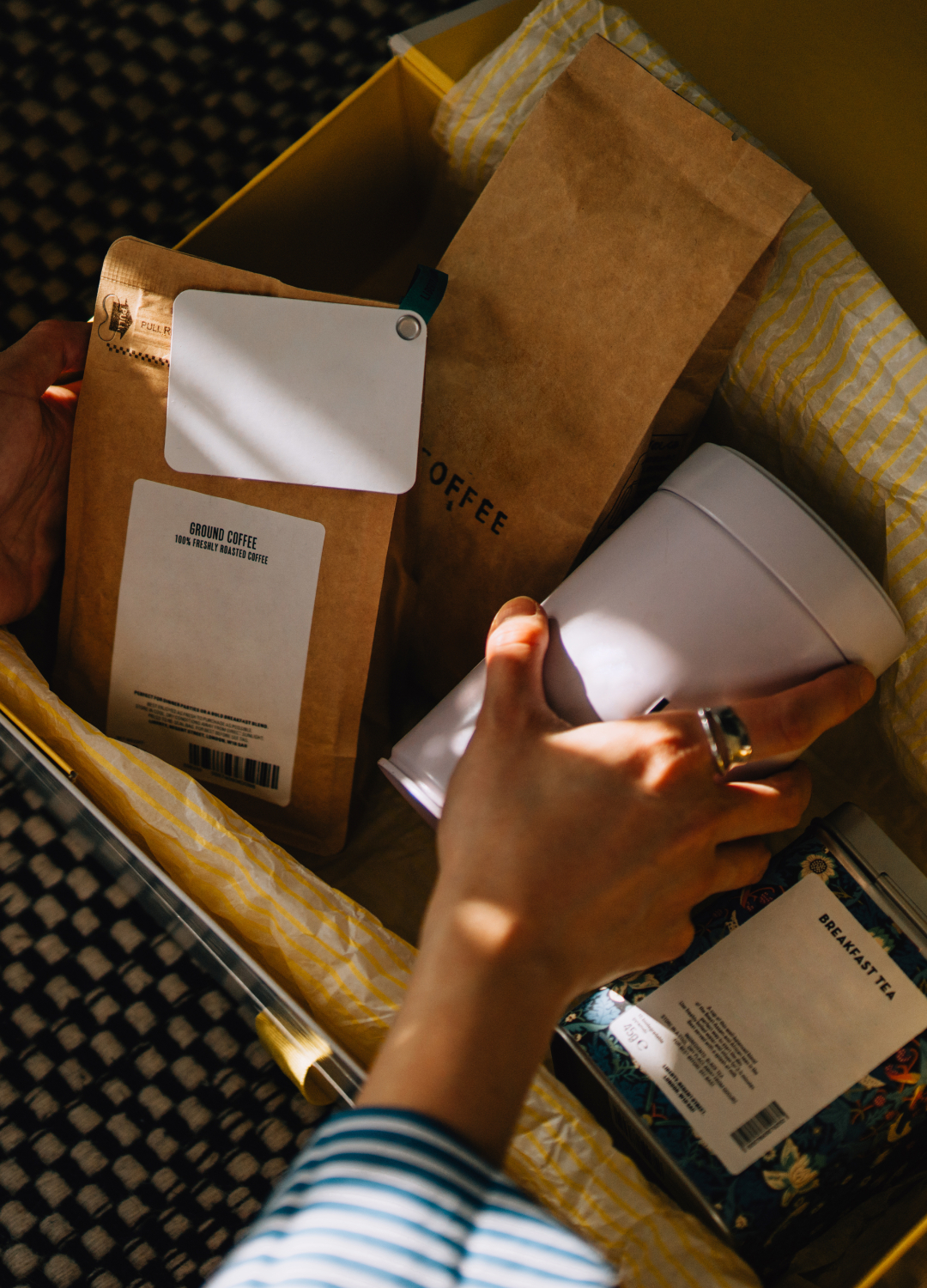
Etiquette expert Laura Windsor advises bringing a gift to a dinner party. “It’s nice to present the host with a token of appreciation. A gift doesn’t need to be extravagant. It needs to be thoughtful, so make sure you are certain that the gift is something the host would really like to receive," she explains.
"Appropriate gifts are unscented candles, a book, plants, preserves, chocolates, a bottle of wine, and gift soaps”, she continues.
Lauren is the former Deputy Digital Editor at woman&home and became a journalist mainly because she enjoys being nosy. With a background in features journalism, Lauren worked on the woman&home brand for four years before going freelance. Before woman&home Lauren worked across a variety of women's lifestyle titles, including GoodTo, Woman's Own, and Woman magazine.
You must confirm your public display name before commenting
Please logout and then login again, you will then be prompted to enter your display name.
